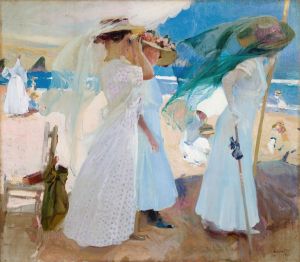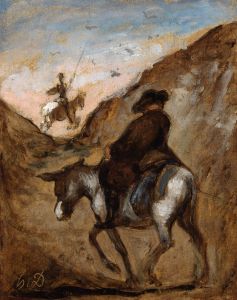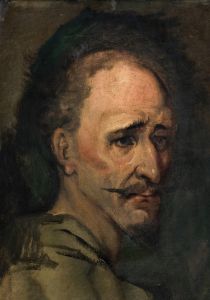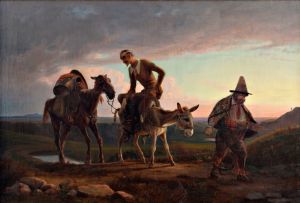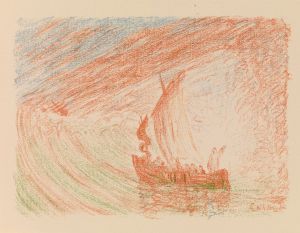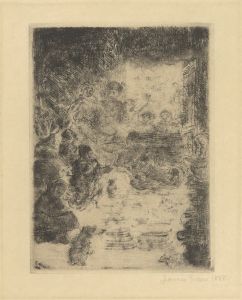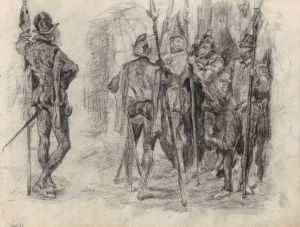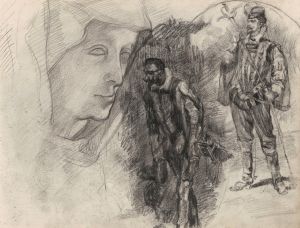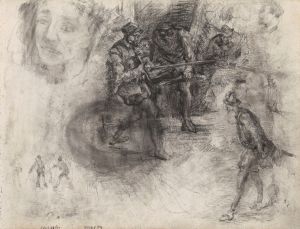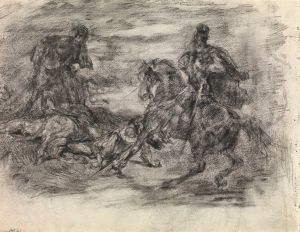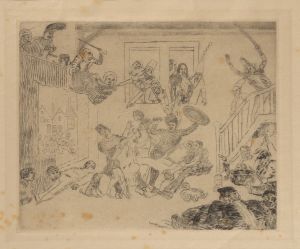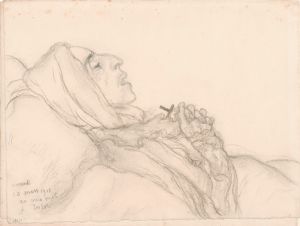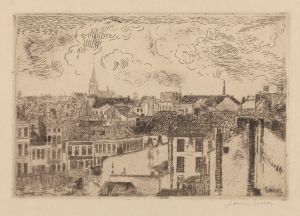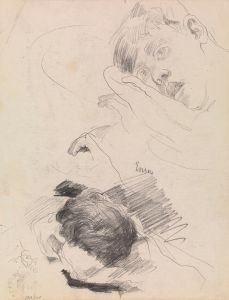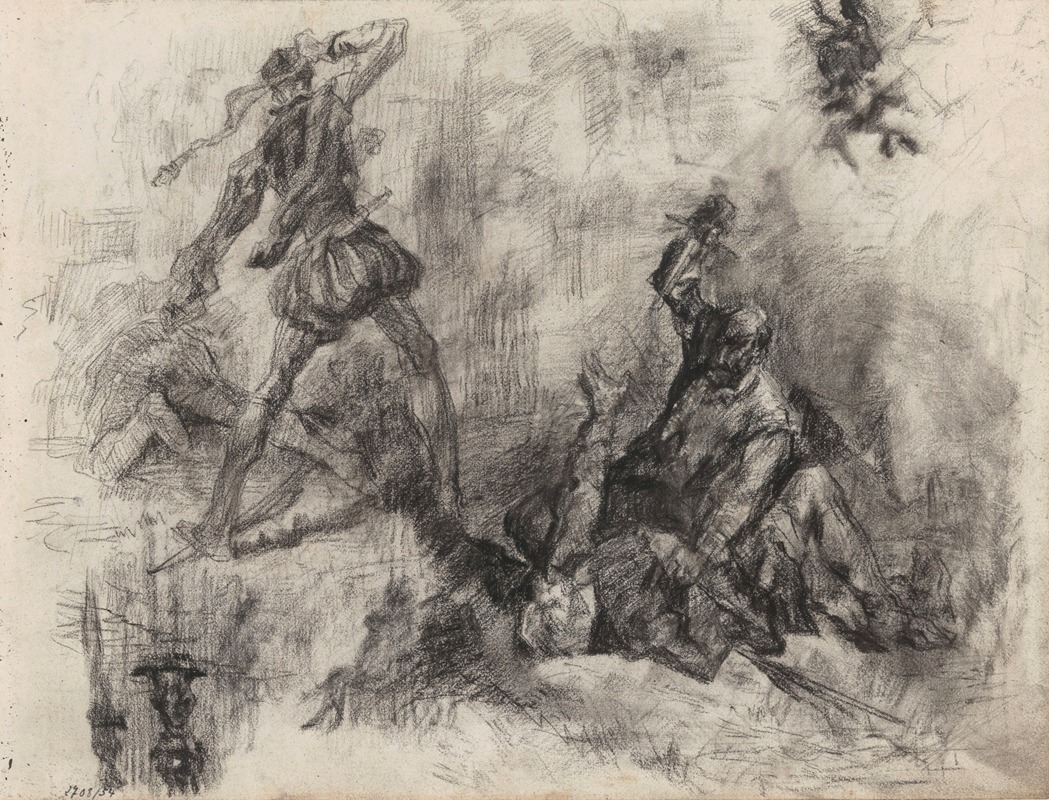
Don Quixote
A hand-painted replica of James Ensor’s masterpiece Don Quixote, meticulously crafted by professional artists to capture the true essence of the original. Each piece is created with museum-quality canvas and rare mineral pigments, carefully painted by experienced artists with delicate brushstrokes and rich, layered colors to perfectly recreate the texture of the original artwork. Unlike machine-printed reproductions, this hand-painted version brings the painting to life, infused with the artist’s emotions and skill in every stroke. Whether for personal collection or home decoration, it instantly elevates the artistic atmosphere of any space.
James Ensor, a Belgian painter and printmaker, is known for his unique and often surreal style that blends elements of symbolism and expressionism. One of his notable works is "Don Quixote," a painting that reflects his fascination with the literary character created by Miguel de Cervantes. Ensor's interpretation of Don Quixote is a testament to his ability to infuse traditional subjects with his distinctive artistic vision.
James Ensor was born in 1860 in Ostend, Belgium, and spent most of his life there. His work is characterized by its bold use of color, intricate detail, and often grotesque or fantastical imagery. Ensor was a member of the avant-garde group Les XX, which played a significant role in the development of modern art in Belgium. His work often explores themes of death, masks, and the absurdity of human existence, reflecting his critical view of society.
"Don Quixote" by James Ensor is a painting that captures the essence of Cervantes' iconic character, the delusional yet noble knight-errant who embarks on a quest to revive chivalry. Ensor's depiction of Don Quixote is not merely a literal illustration of the character but an exploration of the themes of illusion and reality, which are central to both Cervantes' novel and Ensor's own artistic philosophy.
In Ensor's painting, Don Quixote is often portrayed in a dreamlike landscape, surrounded by vivid colors and swirling forms that evoke a sense of movement and chaos. This reflects the character's internal struggle between his idealistic dreams and the harsh realities of the world around him. Ensor's use of color and form creates a dynamic composition that draws the viewer into Don Quixote's tumultuous world.
Ensor's "Don Quixote" can be seen as a reflection of his own artistic journey. Like Don Quixote, Ensor was often at odds with the conventions of his time, challenging the norms of the art world with his innovative techniques and unconventional subject matter. His work was initially met with resistance and criticism, much like the character of Don Quixote, who is often misunderstood and ridiculed by those around him.
The painting also highlights Ensor's interest in the grotesque and the absurd. Don Quixote's adventures are filled with bizarre and comical encounters, and Ensor captures this aspect of the story with his characteristic blend of humor and pathos. The exaggerated features and distorted forms in the painting reflect Ensor's fascination with the masks people wear and the facades they present to the world.
Ensor's "Don Quixote" is a significant work within his oeuvre, showcasing his ability to reinterpret classic themes through his unique artistic lens. It exemplifies his skill in combining traditional subjects with modern techniques, resulting in a work that is both timeless and contemporary. The painting remains an important example of Ensor's contribution to the development of modern art and his enduring influence on subsequent generations of artists.
In summary, James Ensor's "Don Quixote" is a vivid and imaginative interpretation of Cervantes' literary character, reflecting the artist's distinctive style and thematic interests. Through his use of color, form, and composition, Ensor captures the essence of Don Quixote's quest and the complex interplay between illusion and reality. The painting stands as a testament to Ensor's innovative approach to art and his lasting impact on the art world.





